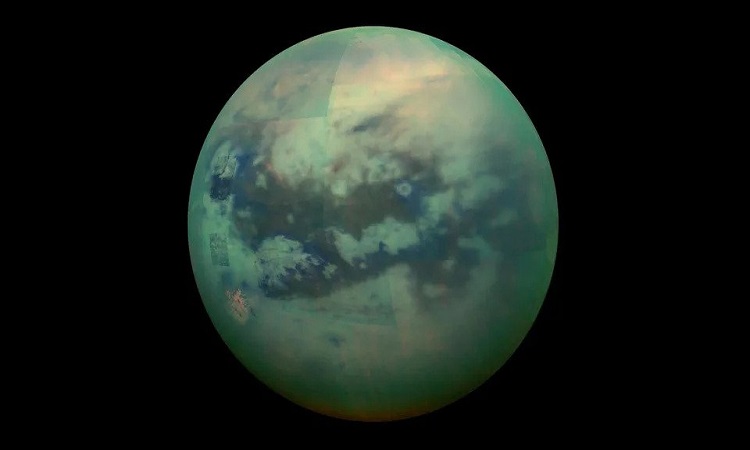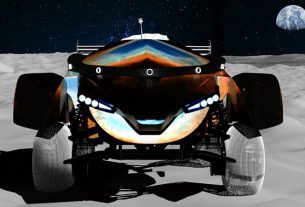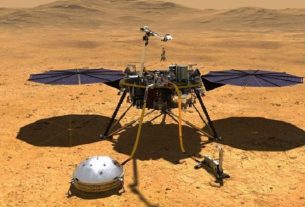A team of researchers has drawn up the first complete geological map of Titan, the moon of Saturn. A topology that strangely resembles that of our planet.
It was in the late 1970s and early 80s that we could take a first look at the moon of Saturn, thanks to the probe Pioneer 11. The missions Voyager 1 and 2 were then allowed to understand how much its atmosphere, rich in nitrogen, could be dense. This is why special instruments have been installed on the Cassini spacecraft, which made 120 overflights of Titan between 2004 and 2017.
Thanks to these penetrating radars, we can now draw a complete geological map of this moon. The details of this study were published in the journal Nature Astronomy.
Titan, a “primitive earth”
Titan is not an object like the others. Indeed, it is to date the only planetary body of our system (except the Earth) to present stable liquids on its surface. Here you will not find water but hydrocarbons, such as methane and ethane. On the other hand, as on Earth, a hydrological cycle is at work, shaping a very complex geological landscape.
“Despite different materials, temperatures (-180 ° C) and gravity fields between Earth and Titan, many surface features are similar between the two worlds and can be interpreted as products of the same geological processes,” says Rosaly Lopes, from NASA. Here hydrocarbons play the role of water. They rain on the surface, flow into streams and rivers, accumulate in lakes and seas and evaporate into the atmosphere. It’s an amazing world! “.
A very complex landscape
This map, recently shared by the US agency, reveals many of these geological features. In particular, we learn that most of the surface is covered with organic materials, particularly the plains (65%) and the dunes (17%). For researchers, this means that the winds have been very important in shaping Titan’s landscape.
In addition, we also note that some environments favor certain latitudes. Thus the dunes are found near the equator while the large organic plains are located at mid-latitudes. As for the hydrocarbon lakes and canyons, you will find them at the poles. The rest of the surface is relatively bumpy, with small craters dug here and there.
Despite the wealth of these data, some questions remain. “There are still things we do not understand, such as the differences in composition between the dunes (weak albedo) and the plains (high albedo),” the researcher continues.
To this question, NASA’s “dragonfly” could find answers. Indeed, it is recalled that the US agency plans to send a quadricopter on Titan from 2026 (expected arrival in 2034) to analyze the surface characteristics. The machine will also be able to identify whether or not life is capable of developing on this incredibly complex moon.




